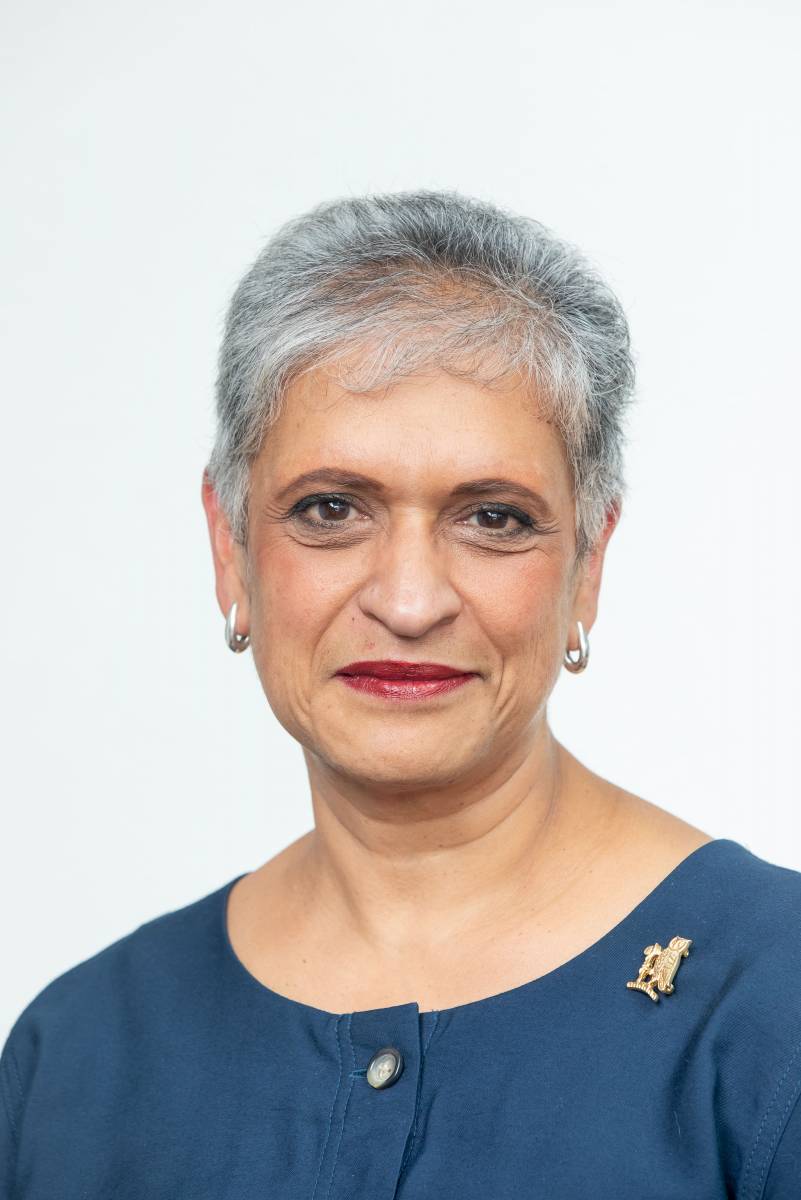Leading GP and physios raise concerns after reports of a rise in the number of people with back pain
Figures released by the Office for National Statitics (ONS) last week showed that the number of people who have been signed off as unable to work due to back pain has increased sharly in recent years.
In response, Kamila Hawthorne, chair of the Royal College of GPs, said: 'Back pain is an all-too-common condition, affecting millions of patients, and can be really debilitating – in some cases to the extent they really can’t undertake everyday tasks without feeling terrible pain.
'It is, therefore, of no surprise that many sufferers of back pain are forced into a position of economic inactivity, particularly if they have a physical job, as the condition can have a serious impact on a person’s ability to work. It can also be really depressing to live with chronic back pain.'
Professor Hawthorne said: 'While back pain alone can be very distressing for a patient, in many cases, it may be just one of a number of conditions they are living with – the ONS data found that only 11 per cent of economically inactive patients citing back pain as their main condition had no other health conditions. What GPs have reported is that due to cost-of-living pressures, some patients are actually refusing fit notes because they can’t afford to not work, even if they really shouldn’t be, so the figures could even be higher if this was taken into account.'
More research needed
Professor Hawthorne added: 'It’s hard to say, without proper research being undertaken, why more people are becoming economically inactive as a result of back or neck pain. People are working for longer, and as they do, they are living with multiple chronic conditions. There is also evidence that links lower back pain and obesity. New ways of working, often without the right equipment and people waiting until problems are more serious before seeking treatment, could also be factors and something that would be interesting to explore more deeply, so the issue can be addressed properly.
'Demand on general practice is only going to intensify – so decisive measures must be taken now to ensure GPs and our teams can deliver the care our patients experiencing chronic conditions like back pain need. Our manifesto for the forthcoming general election outlines seven solutions – including funding for GP recruitment and retention – that will help improve patient access to safe, timely care and ensure that there are enough GPs to safeguard the future of general practice and the wider NHS.'
Demand on general practice is only going to intensify – so decisive measures must be taken now to ensure GPs and our teams can deliver the care our patients experiencing chronic conditions like back pain need [Kamila Hawthorne]
CSP members speak out over increased demands
On 19 January, The Guardian reported that government figures showed that spending on people with back problems through the disability living allowance and its successor benefit (the personal independence payment) had tripled during the past 20 years – even after adjusting for inflation.
Referring to the most recent figures compiled by the ONS, the newspaper said that 2.9 million people had problems linked to their back or neck, up from 2.6 million in 2019. About 995,000 were classed as economically inactive for that reason between January and March last year, up by 28 per cent from 779,000 during the same period in 2019.
Sam Bhide, an advanced practice physiotherapist, told the newspaper that more people had recently 'come through the doors with chronic back pain'. 'It’s due to a range of factors such as sedentary behaviour, working from home without the right set-up, but also can be related to stress and physically demanding jobs or having suffered an injury.'
She added: 'The pandemic has further compounded this and there are long waiting lists for people to get the support they need to both manage their pain and enable them to get back to their normal function.'
Ishmael Beckford, the Chartered Society of Physiotherapy's (CSP) chair of council, said: 'A major problem is that people are unable to access the help they need … More people are presenting in A&E with neck and back pain.'
He added: 'The fact that people are desperately looking for help correlates with the latest NHS data: there are nearly 310,000 patients on a wait list for community musculoskeletal services now.'
Home working 'could be a factor' in increase
An ONS spokesperson told The Guardian: 'In recent years we’ve seen a sharp rise in the number of people citing back or neck problems as the main reason for being out of the workforce long-term.'
They added: 'Our analysis has shown that an important contribution to long-term sickness in general has come from the large number of "baby boomers" who are approaching retirement. It’s also possible that changing work practices during the pandemic, such as increased home working, may have contributed to the increase in back or neck complaints, as the biggest increase in this category was between 2021 and 2022.'
The government spent £1.4 billion on people with back pain in 2022-23 through those two benefits – up from £1.3 billion in 2019, and £405 million in 2002-2003.
Share it with















